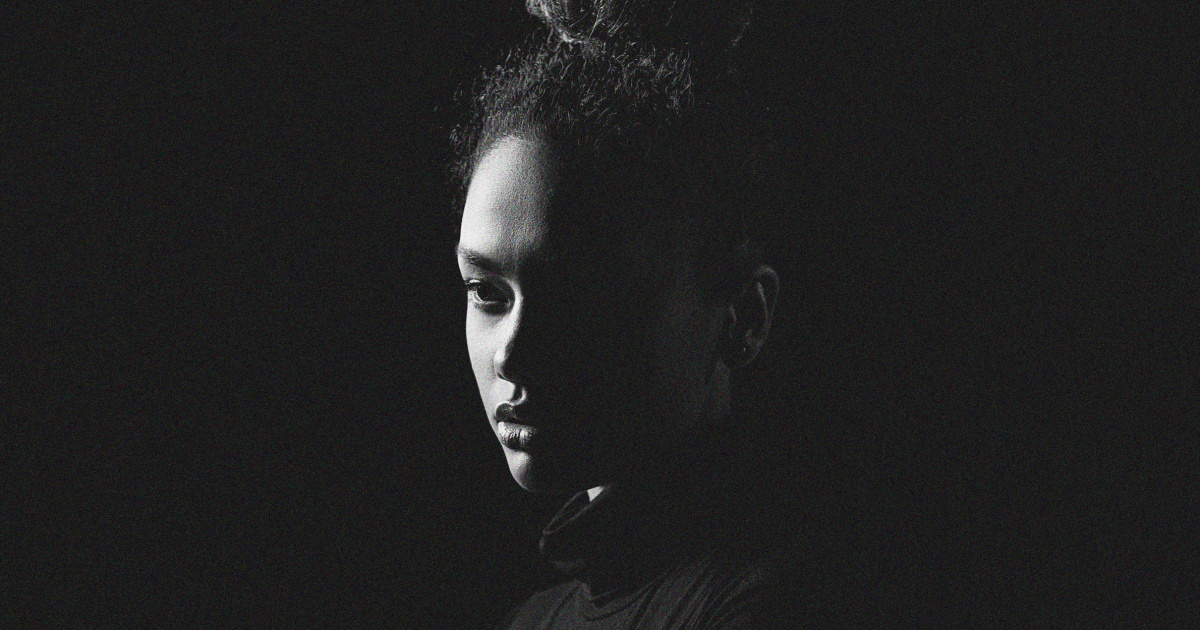- cross-posted to:
- news@lemmy.world
- cross-posted to:
- news@lemmy.world
The paper included a decade’s worth of data from the Centers of Disease Control and Prevention among Black women ages 25 to 44 across 30 states.
In the U.S., Black adult women are six times more likely to be killed than their white counterparts, troubling new data reveals.
A paper published Thursday in The Lancet medical journal analyzed homicide rates of Black women ages 25 to 44 across 30 states. The data was collected between 1999 and 2020 by the Centers for Disease Control and Prevention’s National Vital Statistics System.
Homicides were classified in this study as death by shooting, piercing, cutting and other forms of violence. Racial disparities varied among states; in Wisconsin, for example, Black women were 20 times more likely to be killed than white women. Black women living in Midwestern and Northeastern states were also more likely to be killed by a firearm, the paper found.
The study was designed to provide more comprehensive data about homicide rates among Black women and fill in the gaps in the existing literature, said Bernadine Waller, the paper’s lead author and a postdoctoral psychiatry research fellow at the Columbia University’s Irving Medical Center.



Wait until you see those numbers compared to native American women… It’s a damn disgrace how women born to the minority population is treated when it comes down to it.
Edit: https://www.cdc.gov/mmwr/volumes/66/wr/mm6628a1.htm
IMO the most important variable left out there is economic status. Which is of course correlated, but not caused with or by minority status (due to historical factors).
All of man are the same, but unfortunately our circumstances are not.
https://www.law.umich.edu/special/exoneration/Documents/Race_and_Wrongful_Convictions.pdf
Educate yourself
What specific part of my previous comment do you disagree with? Your pdf doesn’t conflict with my statement. My point was that the disparities in the criminal justice field we see between races are the results of socioeconomic factors rather than say biology.
This is the best troll destruction I’ve seen in a while. Keep it up!
And congrats on BSc
I have a disagreement with your strong implication that the criminal justice disparities between races are not also steeped in racism. If you control for socioeconomic factors, blacks are still much more likely to be murdered as well as wrongly convicted and are more likely to be victims of police brutality. https://www.ncbi.nlm.nih.gov/pmc/articles/PMC3455929/pdf/11524_2006_Article_337.pdf for evidence of socioeconomic control and my previous article for proof of wrong conviction and brutality.
Why is law enforcement so much harder on blacks and minorities? One possible reason is the infiltration of law enforcement by white supremacists for decades: https://www.justsecurity.org/wp-content/uploads/2021/06/Jan-6-Clearinghouse-FBI-Intelligence-Assessment-White-Supremacist-Infiltration-of-Law-Enforcement-Oct-17-2006-UNREDACTED.pdf
Racism is a social factor. The ‘socio’ part of socioeconomics stands for social.
I made no such implication.
You said “the most important variable left out there is economic status” while minimizing the importance of race. That is an implication whether you like it or not. Social media in general and Lemmy specifically is contaminated with a racist element that will use your statements to justify their beliefs. I cannot say whether you were intentional or not but you should be more careful with your words if your intent is not to embolden those who are perfectly happy with the statistical biases that the articles I have linked contain.
Saying economics are the most important factors doesn’t suggest social factors are un-important. Never the less the two are intertwined. Current day economic situations are controlled by historical social factors.
This is like me saying “I like waffles” and someone hearing “I hate pancakes”.
Hyperbole aside, you at least agree with the overwhelming statistical data that there is extensive racial and ethnic discrimination by police and the judicial system. Yes?
Treated by whom? Who kills black women?
Usually men do.
Why would men specifically select women from minorities?
I don’t think it is necessarily “selecting”. I’m not exactly sure what it is. But what I found in the article that at least starts to get at your questions is:
It goes on to talk about the relationship stresses of economic instability.
Also
I’m just passing along relevant bits of the article. I think the above quote would need more study as it strikes me as complex factors interacting. How many black women are killed by the police? I have no idea. How many die as a secondary result of police encounters? How does that compare to not getting police intervention sooner?
Finally, what to do?
That’s from the paper referenced in the article. I’m reading through it now.
I was working off information from before this. Lots of personal experiences and studies like this https://www.cdc.gov/mmwr/volumes/66/wr/mm6628a1.htm